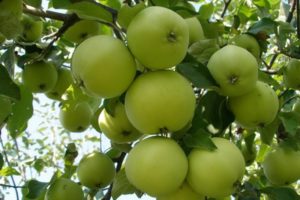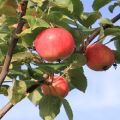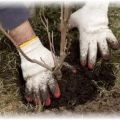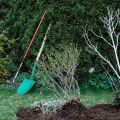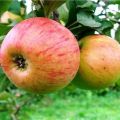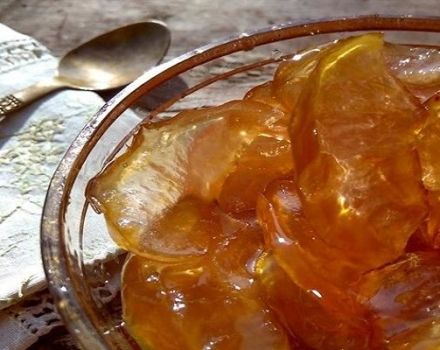Description of the apple variety Daughter Papirovka and the peculiarities of its cultivation, the history of selection
There are many varieties of apple trees. This fruit and berry tree is represented by both early maturing and late maturing varieties. Also, among them, there are heat-loving species and trees that are unpretentious to the climate. In this case, an apple tree of domestic selection, Daughter of Papirovka, will be considered. The tree is characterized by early ripening, pleasant sweet-sour taste of the fruit.
What kind does it belong to
The apple-trees of the Papirovka's daughter variety belong to the early-ripening summer fruit and berry trees. Basically, this variety of common plants grows in Central Russia, namely in the European part of the country. This species belongs to the early varieties, which is why it is recommended for every gardener (apple lover) to plant at least one tree on his site in order to enjoy the sweet and sour taste of apples and an abundance of nutrients and vitamins by mid-summer.
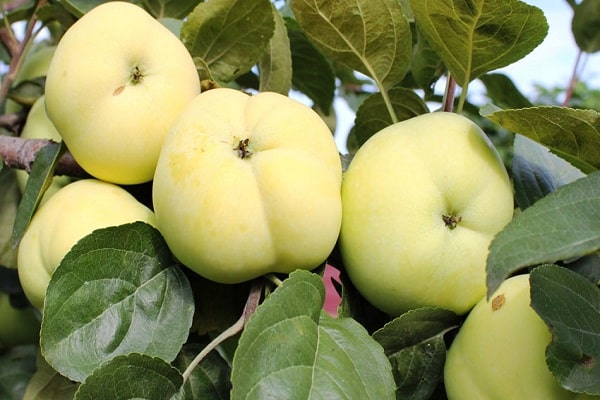
Description of the variety
Here it is required to consider the characteristic features of the Daughter of Papirovka apple tree, as well as the characteristics inherent in the fruits of this plant:
- On average, trees reach a height of 7-8 meters, after which they stop growing.
- The crown of this species is dense, while all branches have an upward-directed arrangement.
- On average, the weight of this variety varies from 80 to 100 grams (more poured apples are less common).
- The fruits themselves are round or angular (oval apples are often found).
- Ripe fruits of this variety have a characteristic yellow-green skin tone, as well as firm flesh and sweet and sour taste.
The fruits of this variety ripen early. Usually, the crop can be harvested as early as mid-July or near the end. A healthy apple tree has good yields.
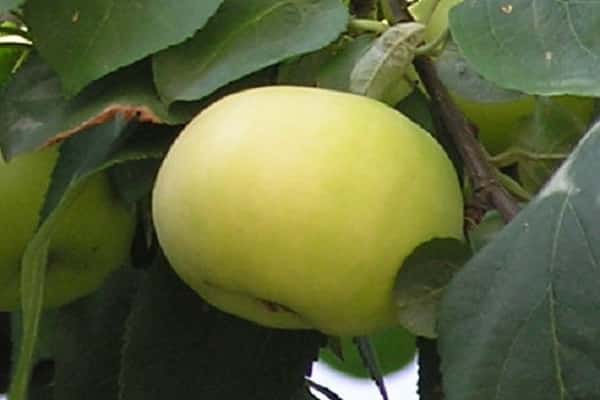
This breed of apple trees has found wide application in Russia, while the demand for an early variety is present both in the southern regions and in the northern regions. Due to its early ripening and abundant fruiting, this variety is also in demand abroad.
Breeding history
This breed of fruit and berry tree has a long-standing origin in Russian breeding. Let's consider the main historical moments:
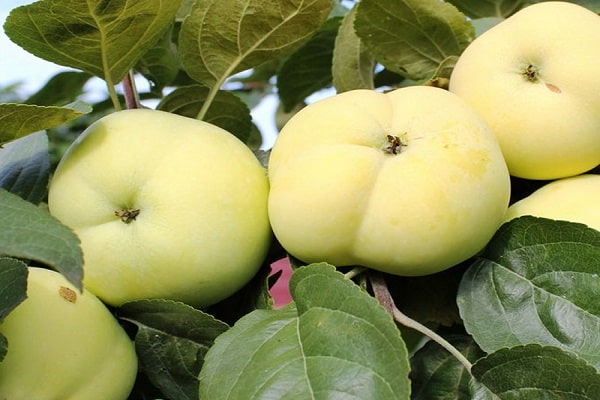
- for the first time this breed of apple tree was bred back in 1937 at the Kuibyshev Experimental Station;
- when breeding the breed, agronomists used the crossing of two varieties of apple trees: Anis Aloe and Papirovka;
- today this type of apple is of regional importance in the Samara and Ulyanovsk regions;
- the author, when breeding this fruit and berry tree, was named the Soviet agronomist (breeder) Kedrov;
- for the first time, the breed began to bear fruit in 1947, when the seedling brought the first apples.
This variety of apple significantly surpassed the crossed varieties in frost resistance, as well as yield and taste, which is why there was a great demand for it.
Today Papirovka's Daughter is widely used as a commercial product for the production of juices, baby food and many other food dishes.
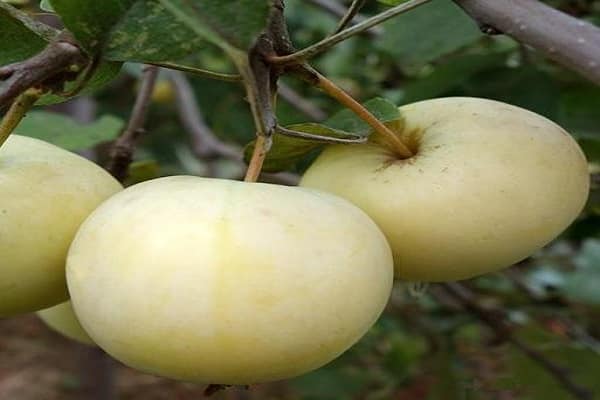
Growing regions
This variety is used on the territory of Russia practically throughout the Middle Strip, as well as in the southern and northern regions. Consider the main regions where Daughter Papirovka apple trees are grown:
- the main place of growth is the Samara, Orenburg and Ulyanovsk regions (here apple trees are zoned);
- this breed of apple trees is widely used in the Middle Volga and the Ural region of the country;
- this species is often grown in the northern regions (Leningrad, Novgorod and Pskov regions).
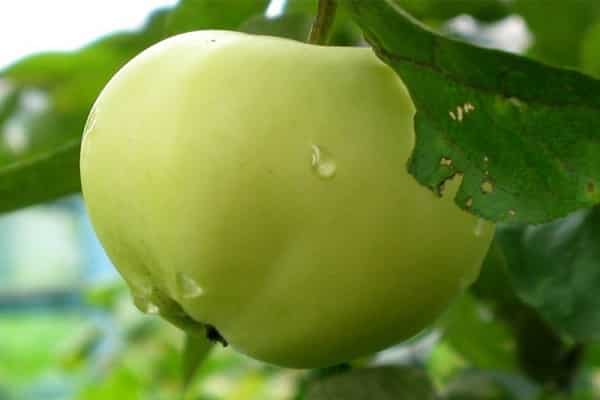
Also, the use of this variety can be found throughout the Valdai Upland. In the northern regions, this variety has taken root due to the fact that it is resistant to low temperatures and frost.
Better Papirovka's Daughter grows and bears fruit in the southern regions. Early ripening is seen here, and in addition, the harvested fruits are large in size.
Yield
The Daughter Papirovka variety has high yields, which is why the apple tree of this breed is often used commercially. Consider the main indicators of the yield of a fruit and berry tree:

- a young tree begins to bear fruit as early as the fourth year after planting in open ground;
- this apple tree bears fruit in mid or late July (in cold regions, fruits ripen in early or mid August);
- on average, about 50 kilograms of ripe and tasty apples are harvested from one tree (8-11 years old);
- in the southern regions, fruiting can exceed this indicator by 2-3 times (up to 150 kilograms of ripe fruits are harvested from one tree).
This type of apple tree bears fruit every year. Ripe fruits practically do not crumble from the tree, which makes them easy to pick. The maximum fruiting occurs at 15 or 16 years.
Ripe fruits are stored a little. As a rule, apples are not more than two weeks old. If we are talking about commercial storage, then here the fruits are aged for one month.
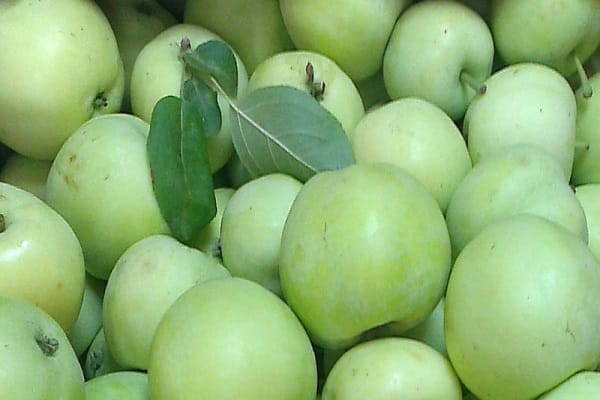
Diseases and pests
This variety is less susceptible to disease than its progenitors. Consider the main characteristics of apple trees:
- This breed has an average resistance to diseases and pests.
- To avoid fungal diseases, you need to take care of the tree.
- If the tree is sick, then the disease spreads quickly.
- You can prevent diseases and pest attacks if you regularly spray the apple tree.
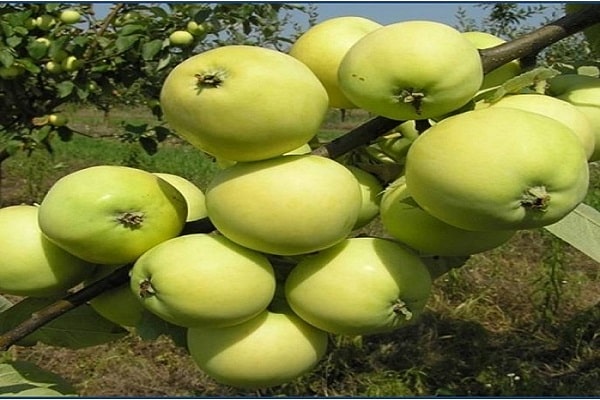
For spraying, biological products are used that are harmless to humans, but do not allow the disease to develop. To protect the plant from insects, it is whitewashed in the autumn.
Despite the size of the fruit, this type of fruit and berry tree has been recognized by Russian gardeners for its average resistance to pests and diseases, good taste, as well as early and abundant fruiting.


